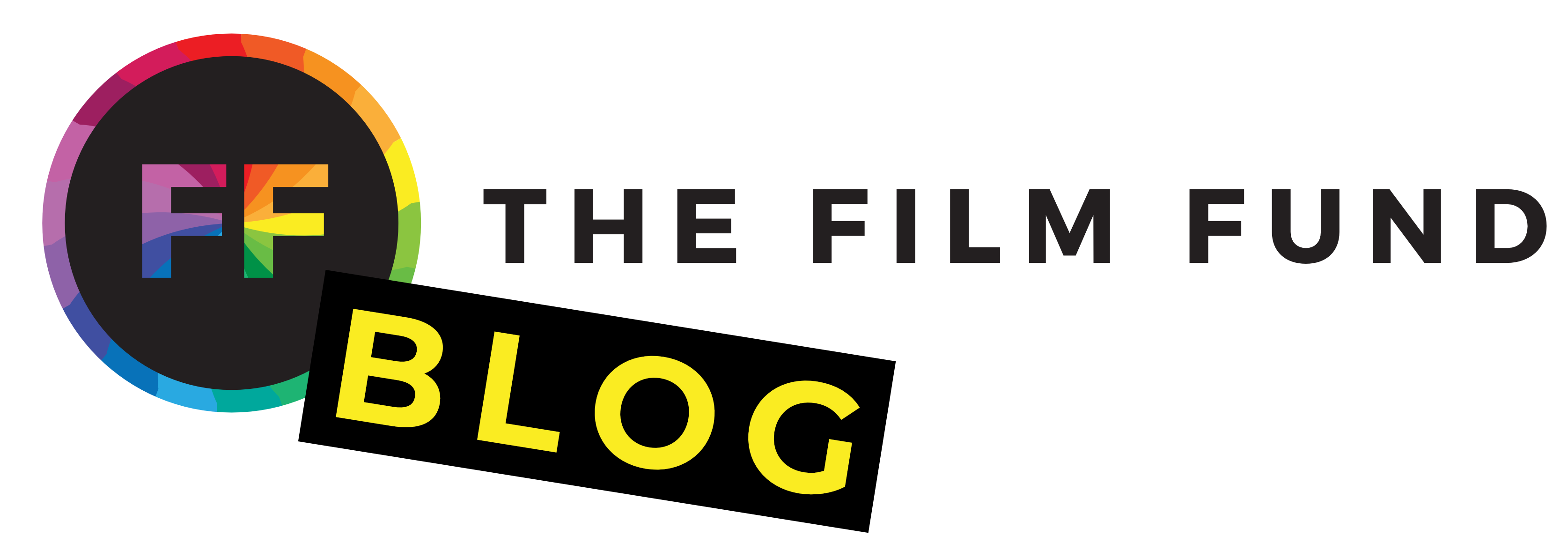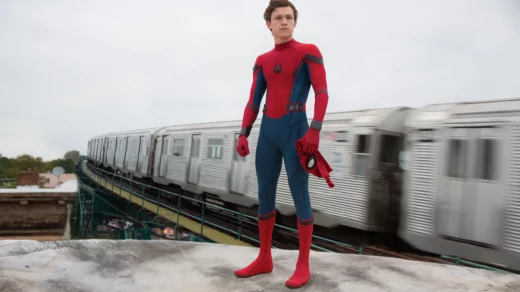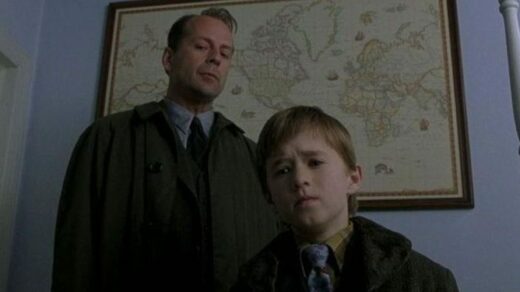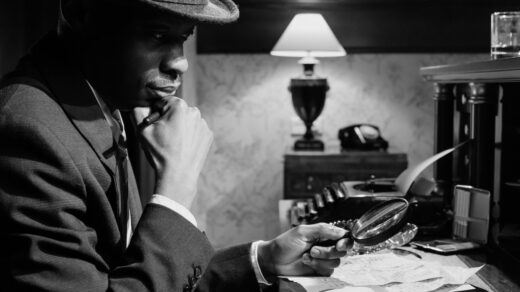In the realm of filmmaking, pacing is the unseen conductor orchestrating the emotional symphony that plays out on the silver screen. It’s the tempo that determines whether we linger in contemplation or are swept away in a whirlwind of excitement. Today, we’re setting our sights on just that: fast-paced films, slow-paced films, and how pacing can revolutionize the narrative and the impression a movie can make on audiences.
Fast-paced films, with their kinetic energy and relentless momentum, have become a hallmark of modern cinema. From high-octane action sequences to rapid-fire dialogue exchanges, these films keep us on the edge of our seats, hearts pounding in sync with the unfolding narrative. On the other hand, slow-paced films take their time exploring deep ideas, immersing the viewer into a world or idea, and letting them postulate and ponder as they watch. Which of these is best for your film, and how can you properly utilize effective pacing?
Looking ahead, we will dissect the nuances of fast-paced films and slow-paced films, explore the defining traits that set them apart, and examine iconic examples that have left an indelible mark on the world of cinema. Whether you’re an aspiring filmmaker or a dedicated cinephile, get excited as we begin to unravel the secrets behind the magic of fast-paced films.
Understanding Slow-Paced Films
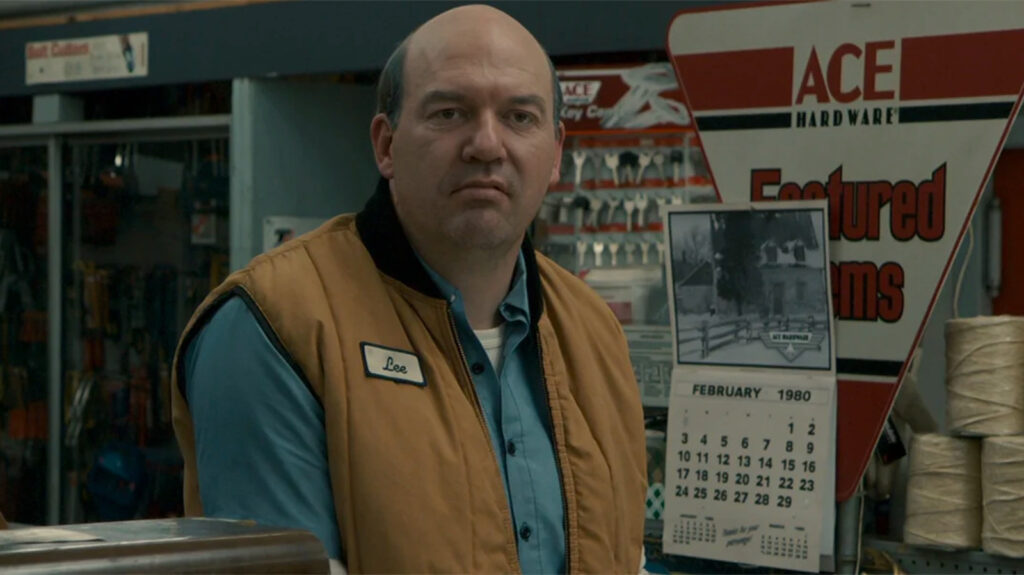
Embracing the Art of Contemplation
Slow-paced films, in their unhurried elegance, transport audiences to a realm where time seems to stretch, allowing for a deeper connection with characters and story. The deliberate pacing of these long-form movies, like “Zodiac”, serves as a canvas for filmmakers to paint intricate emotional landscapes, inviting viewers to savor the nuances of each moment. Unlike the breakneck speed of their counterparts, slow-paced films are a masterclass in patience and introspection.
Character Unveiled in Slow Motion
Picture this: a character’s gaze lingers, a subtle gesture speaks volumes… In the world of slow-paced films, character development is an unhurried dance, allowing the audience to intimately understand the intricacies of each persona. As the plot unfolds gradually, we find ourselves drawn into the depths of the characters’ emotions and motivations. It’s a cinematic embrace, inviting us to witness the unfolding drama with heightened sensitivity.
Decoding Fast-Paced Films
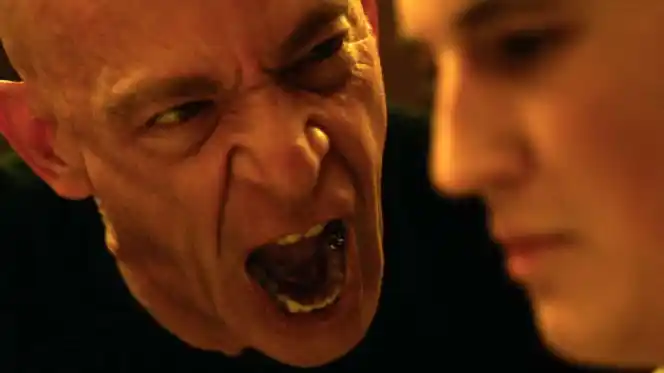
The Rhythm of Rapid Transitions
Fast-paced films are a thrilling roller coaster ride, and at the heart of this excitement lies the art of rapid scene transitions. Like a well-choreographed dance, the seamless flow from one scene to the next propels the narrative forward with unrelenting momentum. The relentless rhythm of these quick flicks like “Whiplash” keeps audiences engaged, ensuring there’s never a dull moment, and the story hurtles towards its climax at breakneck speed.
High Energy, Dynamic Storytelling
Imagine a film that feels like a shot of adrenaline straight to the heart. That’s the magic of high-energy, dynamic storytelling inherent in fast-paced films. Whether it’s a chase sequence through bustling city streets or a series of quick-witted exchanges, the narrative pulse races, leaving us breathless in the best way possible. Fast-paced films are the cinematic equivalent of a sprint, delivering an exhilarating experience that resonates long after the credits roll.
Balancing Act: The Art of Pacing
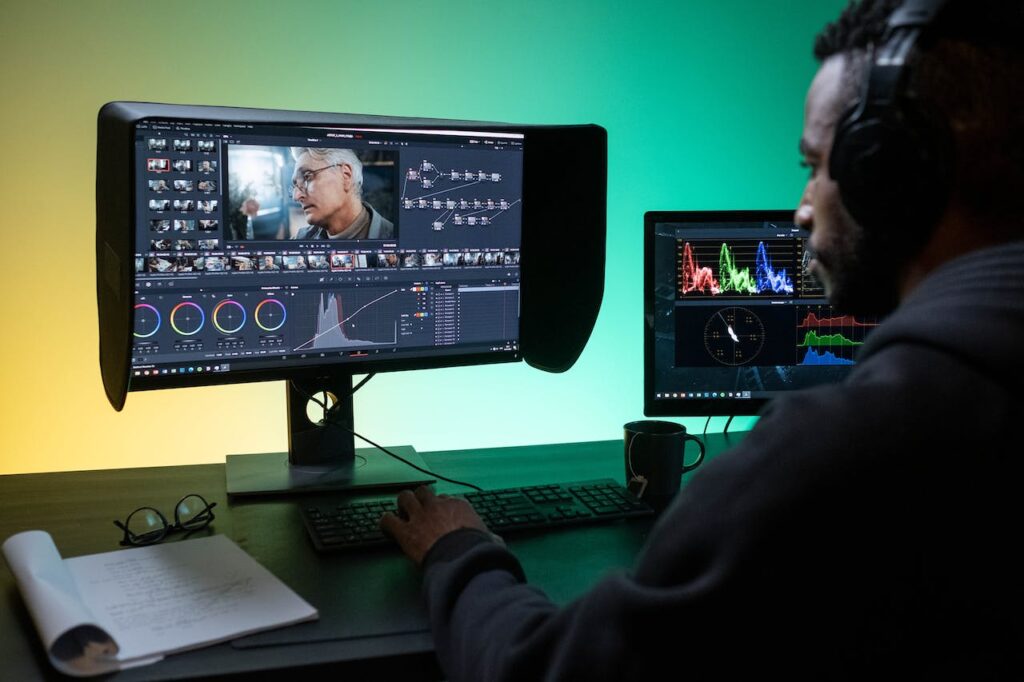
Importance of Pacing in Audience Engagement
Pacing in filmmaking is akin to the rhythm in music—it sets the tone, controls the mood, and determines the emotional resonance with the audience. For fast-paced films, understanding this pulse is crucial. The art lies not just in the speed itself, but in the strategic deployment of pacing to keep viewers hooked. It’s the delicate balance between exhilaration and comprehension that ensures an immersive experience.
How to Appropriately Pace a Movie for Desired Effects
Crafting a fast-paced film is not about relentless speed; it’s about strategic acceleration. And when making slow-paced films it’s not about the story coming to a crawl; it’s about purposeful timing and knowing when to wait. Filmmakers, much like skilled drivers navigating a thrilling course, must know when to hit the gas and when to let off. In this section, we’ll reveal two techniques you might want to pay attention to in order to appropriately pace a movie for the desired impact.
Utilizing Editing Techniques
In the world of film pacing, the edit is the maestro’s baton. Quick cuts, seamless transitions, and rhythmic editing propel the narrative forward with precision. In the editing room, filmmakers can manipulate time and space to create a kinetic visual feast that keeps audiences on the edge of their seats. Filmmakers can also
Impact of Soundtrack and Score on Pacing
The heartbeat of a film isn’t just in its visuals; it’s in the pulsating soundtrack that accompanies the on-screen action. Music sets the tempo, amplifying the emotional beats and intensifying the overall experience. A well-crafted score can elevate the pacing of a film, turning moments of tension into crescendos of excitement. It can also diminish the pace of a film, bringing things to a crawl and leaving room for the viewers to think.
Case Studies in Pacing Mastery
Analyzing Films that Nailed the Pacing
Let’s embark on a cinematic journey through some iconic films that have mastered the art of pacing, leaving an indelible mark on the hearts of moviegoers. These case studies offer a front-row seat to the brilliance of filmmakers who seamlessly blended storytelling with pace, creating memorable experiences that stand the test of time.
“The Godfather”: Epic Pacing for a Grand Saga
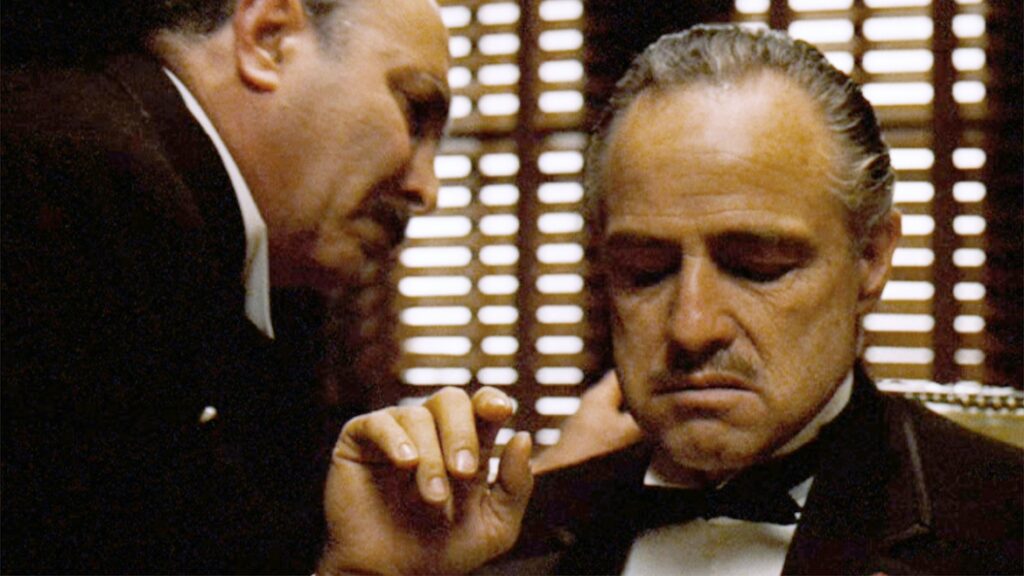
In the realm of slow-burning intensity, “The Godfather” stands as a magnum opus. Francis Ford Coppola orchestrated a cinematic symphony, allowing the saga of the Corleone family to unfold with deliberate grace. The measured pacing of this classic not only builds tension but also contributes to the epic narrative scope, making it a timeless masterpiece.
“Run Lola Run”: Experimenting with Time and Pacing
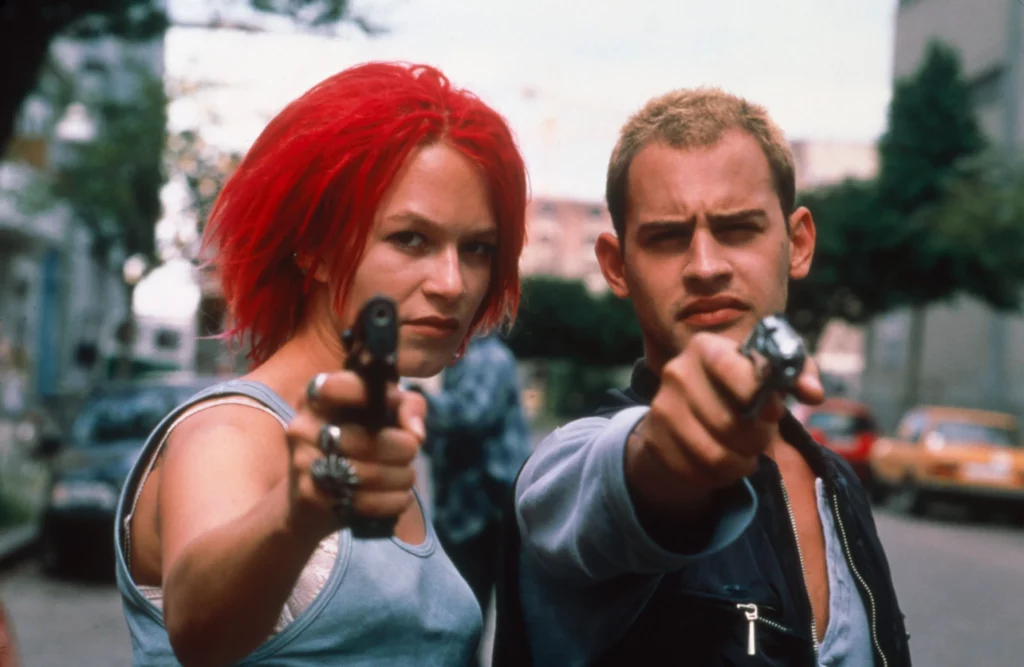
Shifting gears to the fast-paced end of the spectrum, “Run Lola Run” is a masterclass in experimental storytelling. Through its unique structure, the film explores the impact of small decisions on the narrative’s trajectory, all within a tight time frame. Pacing is the most important narrative device in this German cult classic as it shapes the thrilling race against time.
In Conclusion
As we bid farewell to this exploration of film pacing, let’s take a moment to recap the unique attributes of both slow and fast-paced films. From the deliberate contemplation of slow-paced narratives to the adrenaline-fueled excitement of their faster counterparts, each has its own charm and purpose in the cinematic landscape.
Fast-paced films, with their heart-pounding intensity, and slow-paced films, with their poetic introspection, collectively contribute to the rich tapestry of cinematic storytelling. As we navigate the intricate dance of pacing, we celebrate the diversity of experiences that the world of film has to offer. So, until our next cinematic rendezvous, keep the popcorn popping, the lights dimmed, and the reels rolling. Here’s to the magic of movies and the artistry of pacing that makes each one an unforgettable journey.
If you need that extra push to get your short film off the ground and into production, check out our film funding contest! Entering couldn’t be any easier. Send us a one-sentence explanation of your short film along with your proposed use with our funding, and you’re on your way to possibly earning up to $10,000 in funding for your short film! We fund both narrative shorts and documentary shorts, so head to our sign-up page to learn more and enter.
